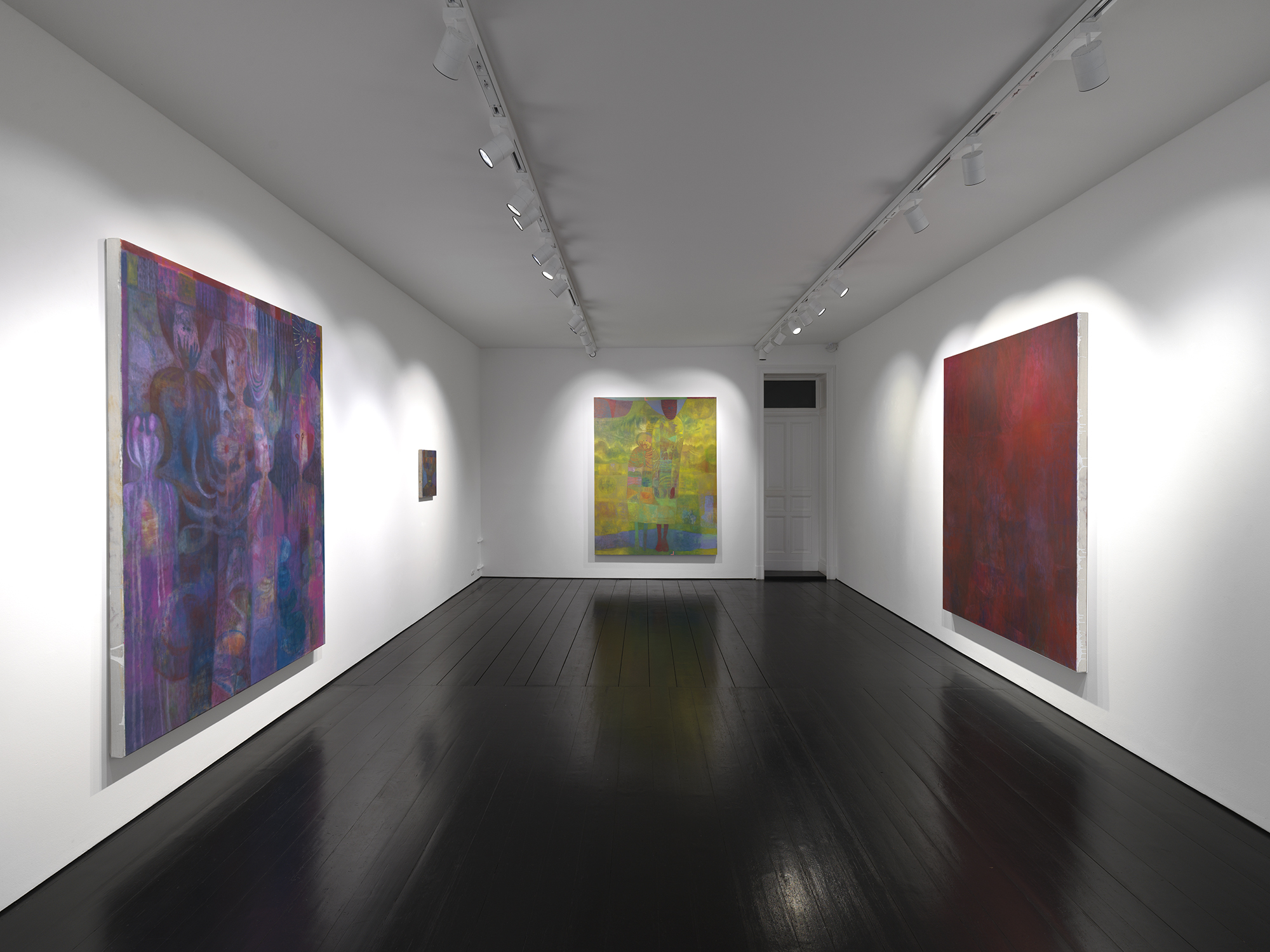Instead of seeing a variety of shows, what if you kept revisiting one, over and over, until you couldn’t bear anymore?
How many times do you typically visit a given exhibition? For people who aren’t critics, the answer is probably ‘once’. For those who are, it’s maybe twice or thereabouts, unless the show is uncommonly big. Then there’s looking: how long, how close? The late critic Dave Hickey reckoned you should be able to spend as long in an exhibition as it took to get there. Scaling up, T.J. Clark’s 2006 book The Sight of Death records the art historian’s daily returning, for months, to two Poussin landscapes in Los Angeles’s Getty Museum, and the granular revelations they disclosed under patient scrutiny. You don’t, though, typically find critics placing comparative temporal pressure on contemporary art. Is that down to the art, the writers, diminished or altered artistic ambitions, digitally broken attention spans, all the above?
To begin finding out, I decided to keep revisiting one show until I couldn’t take anymore. I chose Maja Ruznic’s show at Contemporary Fine Arts, Berlin, because on a quick first visit during a gallery tour it seemed a useful test case: this one, I thought, might have hidden depths, or might not. (As a critic you need to be open to both possibilities.) The Bosnia-Herzegovina-born, New Mexico-based artist’s show comprised 14 figurative paintings with modernist overtones, bathed in a jewel-box palette: the kind of display where you walk in, your brain goes ‘ah yes, more figurative painting with modernist overtones, bathed in a jewel-box palette’, and maybe you move on, dimly aware that you haven’t given the work a chance, that you’ve barely seen it. So, I thought, let’s try to see it. Doing this, it turned out, involved almost as much unseeing as seeing.
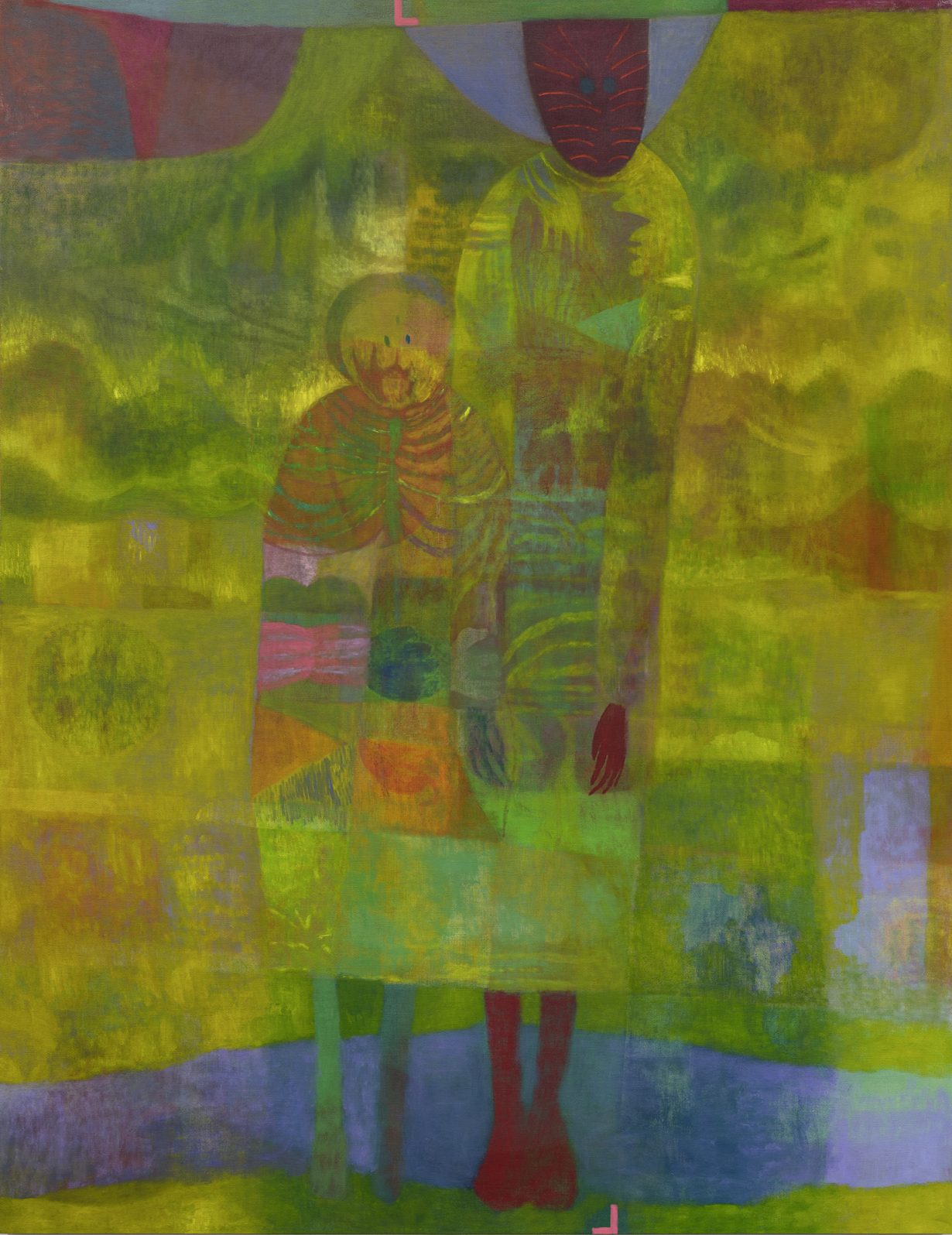
Facing viewers upon entry was Azmira & Maja (2023–24), featuring an adult and child against a gauzy yellow-green landscape: I thought immediately of Arshile Gorky’s The Artist and His Mother (c. 1942), a double portrait, based on a 1912 photograph, of artist and parent staring plaintively out of the past, unaware of what life, and specifically the Armenian genocide, will do to them. (Checking later, Ruznic’s composition is substantially different, but the vibe – memory, displacement – is comparable.) Amid the interlocking composition of faces and profiles in the peach, pink and toothpaste green Sea People (2023–24), I hallucinated both Edvard Munch and vague 1970s memories of Eastern European cartoons on BBC2. Afore other canvases I wondered if the gallery was actively seeking to replace its ex-artist Tal R, whose work has a comparable spooky, sometimes cartoonish, art history-inflected vibe. Some smaller paintings skewed more abstract and decorative. That’s probably all I got in half-looking, half-scouting mode.
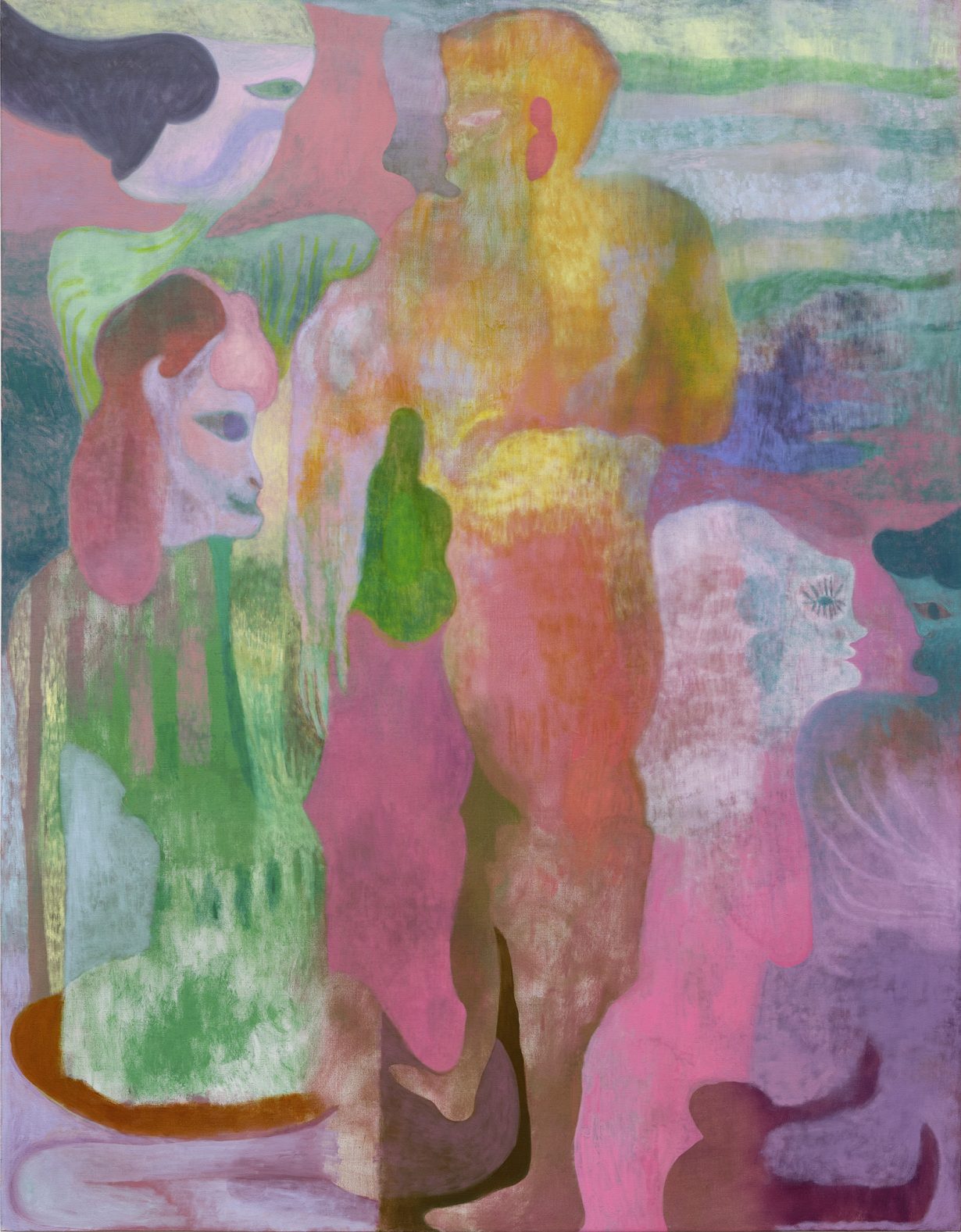
The next day I dutifully went back, while wondering if I should have chosen a gallery that isn’t on the far side of town. In morning light, Sea People was paler and glimmering, raking sunlight emphasising the interior glow caused by Ruznic’s signature stippling; its compositional structure, rippling both vertically and horizontally, was newly clear. Grandmother (2024), too, implied a figure in water: a hunched, almost cronelike woman inhabiting a multicoloured lake while fireworks of dots and lines erupt around her. Her face looks like a crosseyed lion’s and is marked by outwardly radiating lines that, I saw, repeat on the mother’s shield-shaped face in Azmira & Maja, an aspect that felt significant, inscrutable: ciphered. At this point, though, a gallerist appeared and, because I didn’t protest in time, gave me the spiel; illuminating, if narrowing, anecdotes tying art to life arrived.
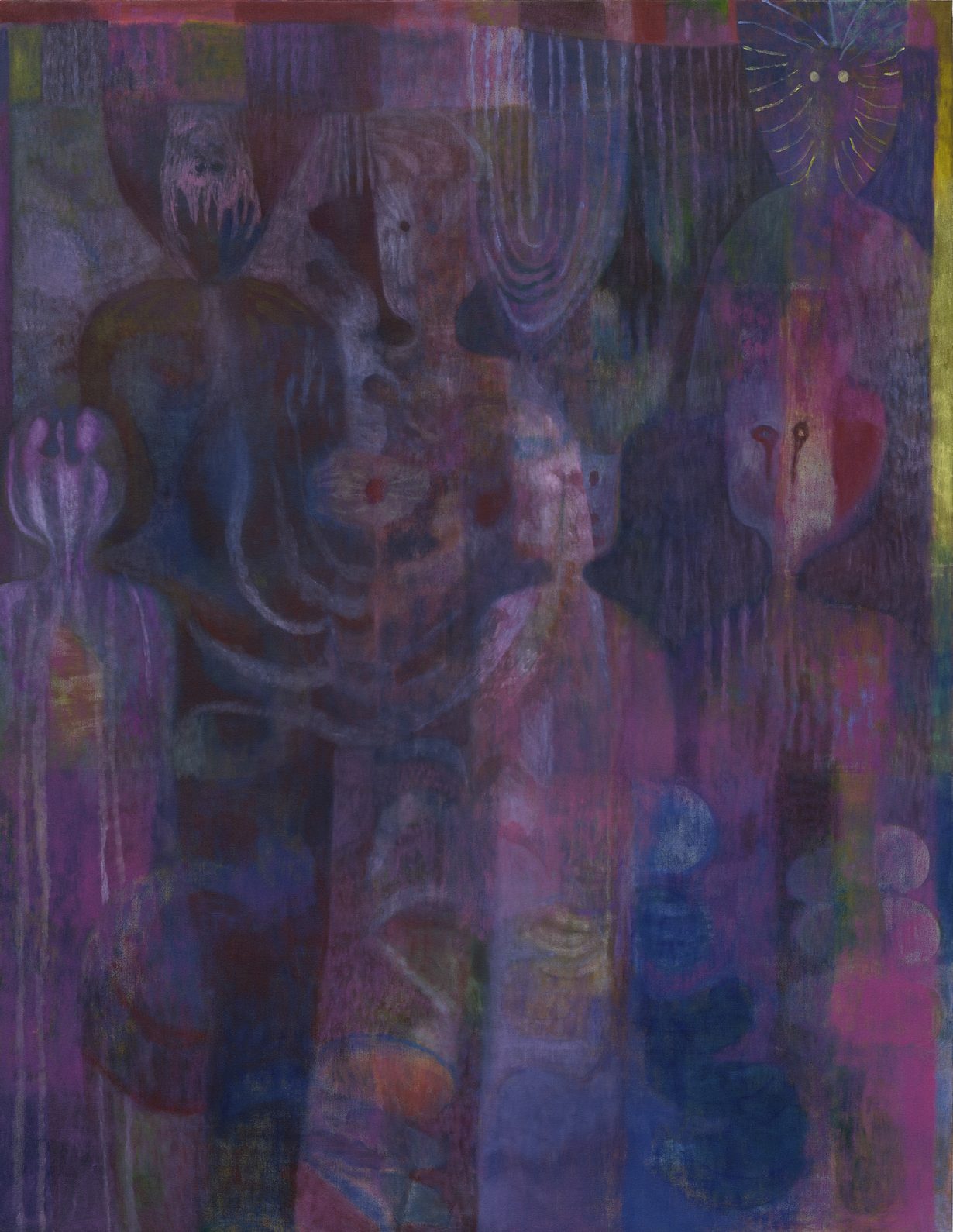
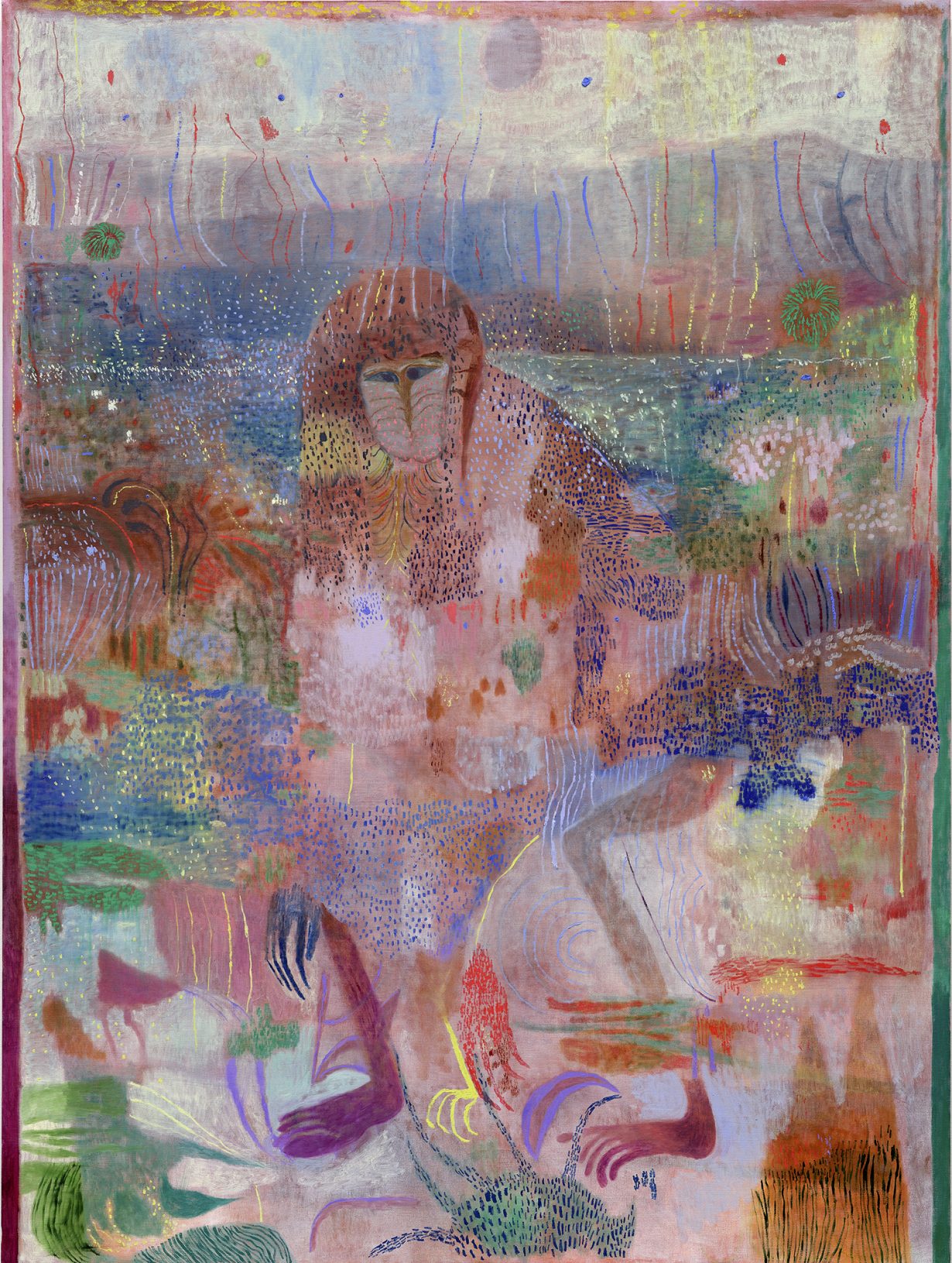
Ruznic and her mother, it turns out, fled the Bosnian war of the early 1990s when the artist was nine, displacing first to a refugee camp in Austria and later to the US. The double portrait is, indeed, of her and her mother, from a photo taken at the Austrian camp; its green colour scheme, Ruznic said in a recent interview, forever reminds her of Bosnia. Her grandmother, who stayed behind, died in 2017; Grandmother was apparently a deliberate attempt not to romanticise her. That Ruznic, of late, has gotten interested in shamanism meanwhile seemed germane to two paintings titled The Helpers (both 2023–24), which feature wraithlike figures in gravity-free space: in The Helpers II, keyed to deep greens and watery purples, a half-dozen facial profiles surround a female-looking figure with arms outstretched and a deadpan, cartoonish, frowny face; above her, a spreading light fitting or an inverted, long-haired figure’s head. Maybe Ruznic’s grandmother is in this halfway-consoling realm somewhere, maybe mine too.
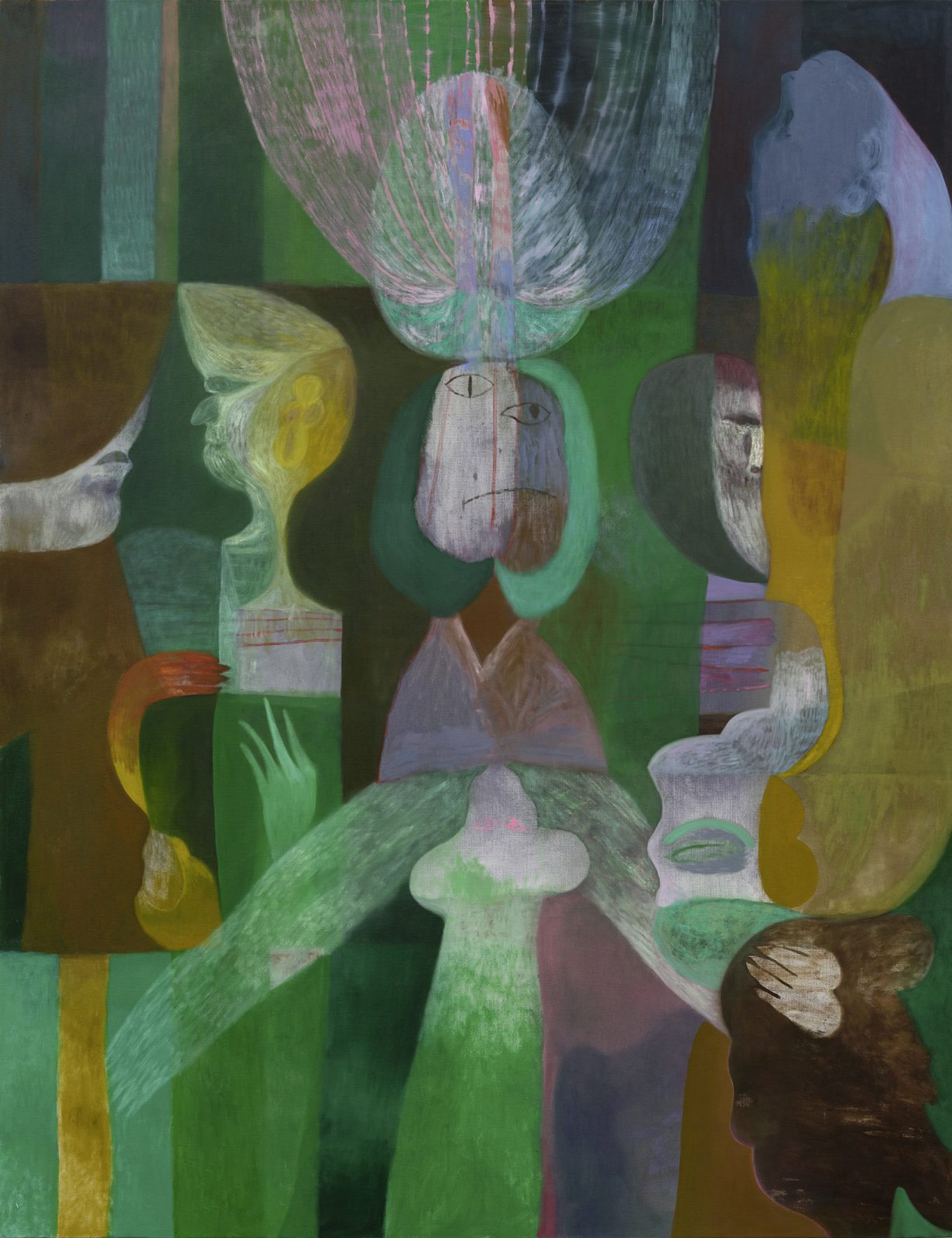
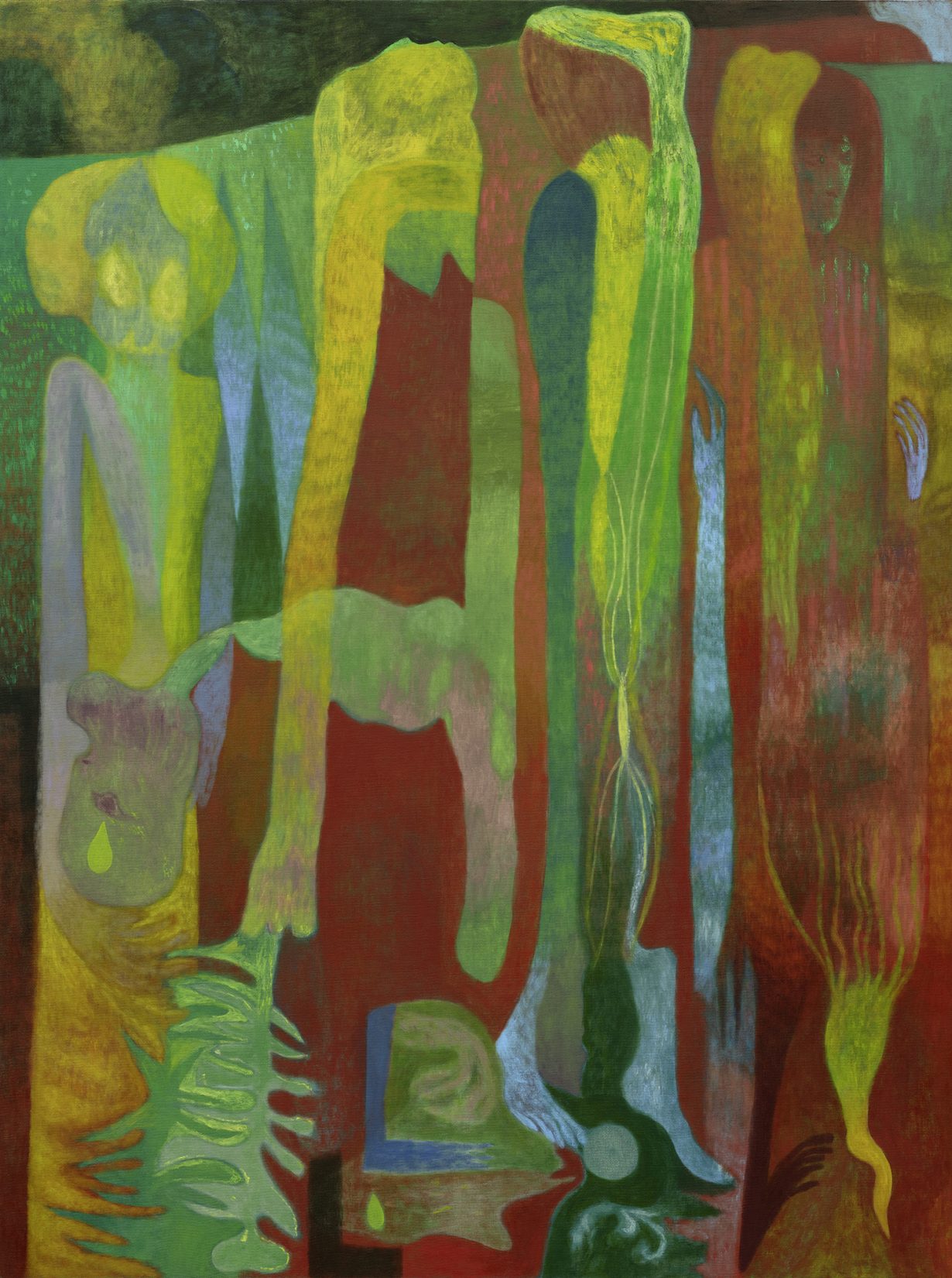
One visit later, I approached a kind of spectatorial sweet spot: the stress-free pleasures of repetition offset by a low pulse of fresh discoveries and realignments. The pressed-together elongated figures in The Child’s Throat (2024) had initially felt offputtingly Klimt-indebted: pattern recognition in action again. But Ruznic’s askew mix of warm browns, verdant greens and lasers-in-the-jungle electric blue kept drawing me back into a progressively unnerving composition whose emotional fulcrum is a bent-backwards, big-headed, sacrificial child figure: a stabbing cipher of oblique pain, surrounded by gangly phantoms. Next time around, feeling familiar with the show’s broad strokes, I was gravitating towards its murkiest, least resolved elements: the dense, flickering purple otherworld of The Helpers (2023–4), into which the mother from Azmira & Maja now appeared to have crossed over; the scattering of smaller near-abstractions that punctuate the big canvases. After three visits and closer inspection, these little works still didn’t do much; Ruznic, I decided, was one of those painters who can’t scale down. I kept planting myself in front of the harlequin-patterned Cells (2024) with its nice harmonies of midnight blue, red and orange; it kept giving me mild, brushy tastefulness.
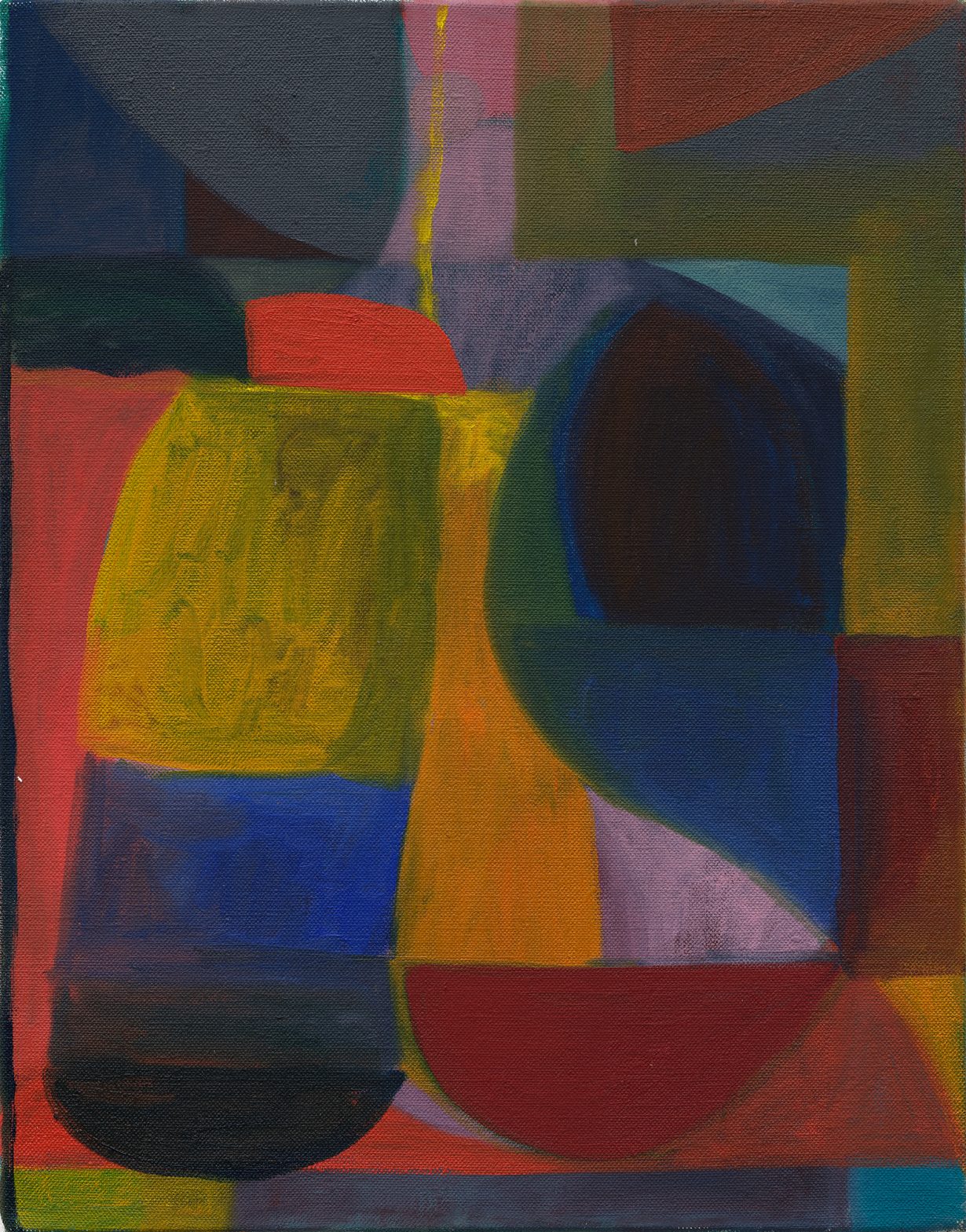
Time to stop doing this, my feet told my eyes. Parts of the show still didn’t quite jigsaw together beyond the past being only halfway accessible, the hope that our lost loved ones still hover, watching and supporting, in the ether, but the doubt itself felt emotionally true. Much more rote returning, though, and all this might boomerang into frustration. Meanwhile, a lesson learned, or relearned: the categorising eye and mind and the energy-conserving human organism want us off the hook of close looking, yet that’s where everything substantial about art viewing resides: pleasure, undoing, complication, judgment, surprise. I’d begun by putting a painter in a box: neomodernist, spiritualist space cadet, playing dress-up with lingeringly fashionable themes and aesthetics; I found, later, a sincere artist chasing vocabularies for bruising experiences. As it turned out, this show’s approach to articulation was right there in its title, Mutter: German for ‘mother’, English for saying something that requires effort to hear.
From the November 2024 issue of ArtReview – get your copy.
